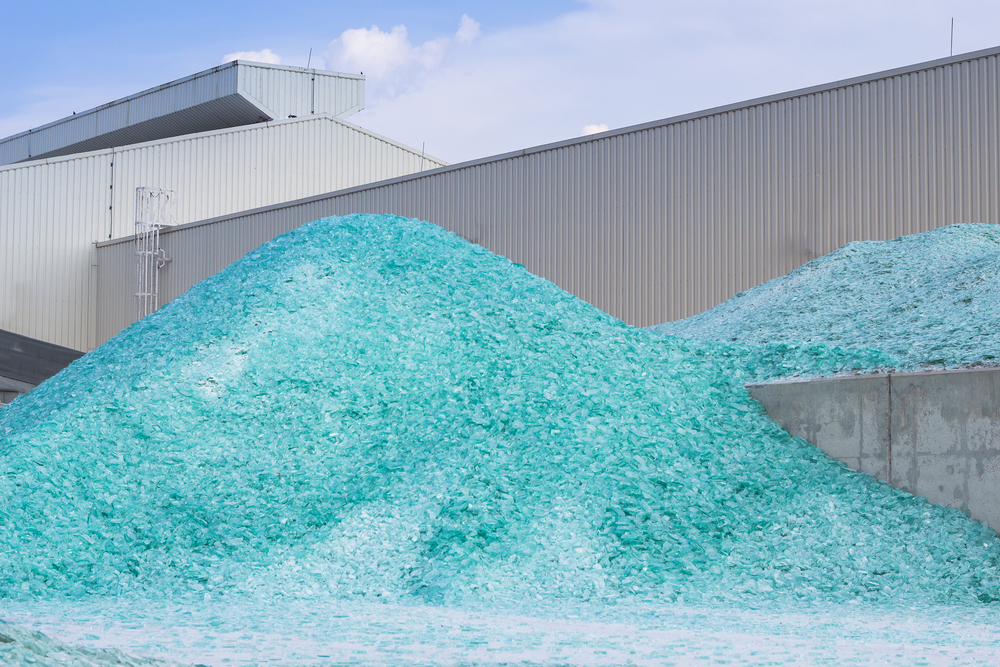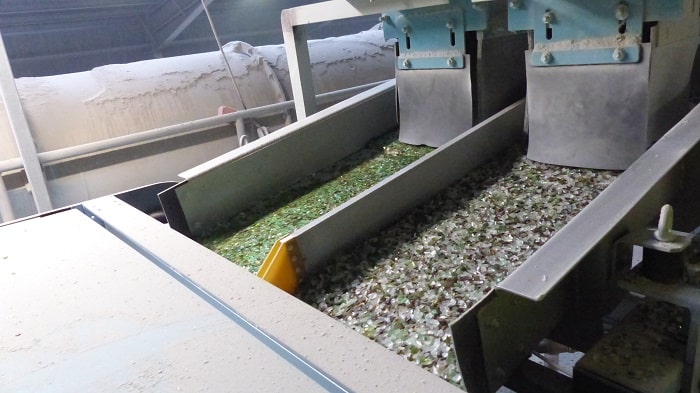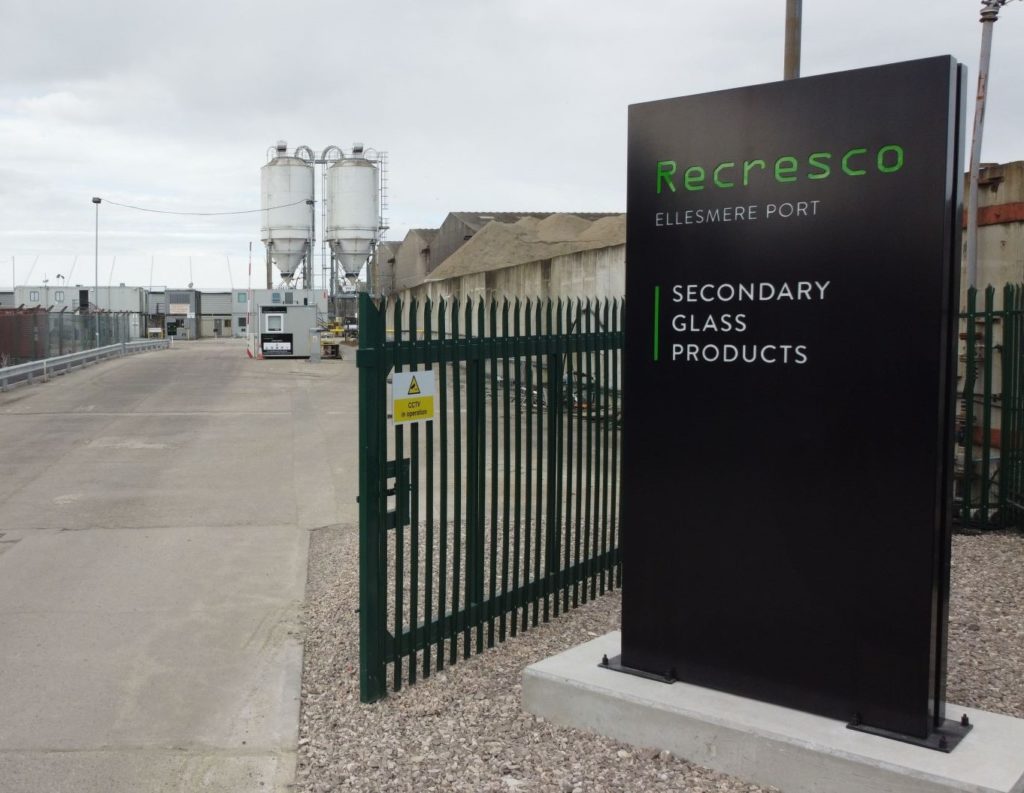Many councils have introduced glass kerbside collections since DEFRA awarded the first round of Waste Minimisation and Recycling Funds in June 2002. Most of these have seen all colours of glass collected together – a cheaper and quicker method than colour separation at the kerbside, but one that produces lower-value mixed glass.
Ron England, environmental manager of Yorkshire-based collection firm Glass Recycling UK, said: “The going rate for colour separated glass is higher than what we would pay for mixed glass. If more mixed cullet comes into the marketplace, I think prices will fall.”
The current price paid for mixed cullet by the re-melt market can be as low as 12 per tonne, compared to up to 30 per tonne for clear glass, 25 for brown and 22 for green.
“How low the price goes long-term is difficult to predict,” Mr England said. “It depends on how many new schemes start up, but it would appear that most councils want to go to mixed collections. Mixed glass could even have a negative value, if the person who is buying the material knows there is a surplus value.”
Mr England warned that glass could even have a negative value within the next few years if the amount of mixed glass replaced the amount of colour separated glass collected now.
Tim Gent, director of manufacturers Midland Glass, agreed that he would pay less for mixed glass as it would need to be mechanically sorted – but added that because colour separated collections would need specialised, compartmentalised lorries which were time consuming to operate, councils would save money by opting for mixed collections. “I guarantee councils are better off collecting mixed glass than colour separated anywhere in the country,” he said.
Brian Head of Berrymans said: “It's unavoidable that collecting mixed glass will affect the price, but when you compare the price of collecting it colour separated and the cost of us sorting it mechanically, our method is cheaper. We may well drop the prices paid to councils because we have got to do extra work – but that will be less than the saving they will make at the kerbside.”
Split
The glass industry has split over whether mixed glass collections are to be welcomed or fought.
Those without expensive colour sorting equipment are keen to keep the traditional bring-bank source of colour separated glass – now in its 25th year. They are concerned that increasing kerbside collections will diminish the tonnages collected at bring banks.
Mr England said: “The bring system is the cheapest option, both environmentally and economically. It supplies good quality, colour separated glass. But long term, kerbside schemes could stop people using the bring systems.”
Few reprocessors are keen to put totally unsorted glass through colour sorting machinery, and for the foreseeable future, colour separated glass will always fetch a higher price. And WRAP's material sector manager for glass, Andy Dawe, said studies had shown that kerbside collections did not detract enormously from tonnages of glass collected from bottle banks. “There is certainly room to operate both in tandem and make use of the prime bring locations as well as having kerbside,” he said.
Continued on next page…








Subscribe for free